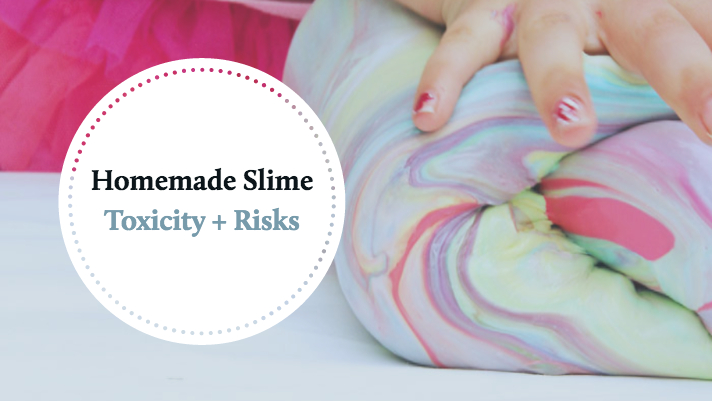It’s normal for dogs to pant, especially when they’re hot, excited, or energetic. Heavy panting is different, though, and may be a sign your dog is dangerously overheated, coping with a chronic health problem, or has experienced life-threatening trauma.
Here are answers to three important questions every dog owner should know:
What are the common causes of heavy panting in dogs?
What can I do about them?
When is it time to see the vet?
Common Causes and Treatments
Panting helps dogs cool off when they’re hot or engaged in lively exercise. Dogs take between ten and thirty breaths a minute, depending on their size. Get to know what your dog’s everyday breathing and panting looks like so you’ll more quickly notice any changes.
Some common reasons dogs pant heavily include:
Heatstroke or poisoning
It’s normal for a dog to start breathing harder or panting after exertion. As for some dogs, like Boston terriers, bulldogs, and pugs, are prone to heavier breathing than other dogs because of their short snouts. However, heavy panting is also a sign a dog may be suffering from heatstroke or may have consumed a toxic substance.
If you can’t find any obvious reason for a sudden change in your dog’s breathing, take him to a veterinarian immediately. If you suspect heatstroke, first follow the steps at the end of this article to help cool your dog safely.
Chronic illness
Illnesses like heart failure, Cushing’s syndrome, or respiratory disorders can all cause heavy breathing or panting in dogs:
Heart failure: Like people, dogs can suffer from heart failure. And just like people, dogs may show some of the same symptoms, including breathing difficulty, reduced exercise tolerance, and coughing. How your dog’s heart failure is treated depends on the cause. But treatment may include medications such as ACE inhibitors and diuretics.
Cushing’s syndrome. This occurs when a dog’s adrenal glands produce too much cortisol. Along with heavy panting, symptoms can include excessive hunger and thirst, hair loss, and a pot-bellied appearance. Treatment varies but may include adrenal-suppressing drugs or surgery. For more information on Cushing's disease, read our article.
Respiratory disorders. Several respiratory disorders, such as laryngeal paralysis, pneumonia, and lung tumors, may all lead to heavy breathing or panting. Treatment depends on the condition and how far it’s progressed.
Injury and pain
Dogs can’t tell us with words when they’re in pain. So, it’s up to us to know what to look for. Heavy panting is one sign your dog may have suffered an injury.
Other signs of pain or trauma in pets include enlarged pupils, reduced appetite, a reluctance to lie down, restlessness, anxiety, and licking or biting at the pain site.
Dogs may mask their pain with normal behaviors, such as wagging their tail. And an injury may be internal — for example, as a result of being hit by a car. So if you suspect your pet may be in pain, don’t delay. Seek veterinary care right away.
Medication
Some medications, such as prednisone, may also lead to heavy panting in dogs. Talk to your veterinarian if you think your dog’s medication is causing heavy panting.
Other Causes of Heavy Panting in Dogs
Heavy breathing or deep, intense panting can also be a symptom of eclampsia, also called milk fever. Eclampsia is a dangerous condition that affects nursing mothers; low blood calcium levels lead to an inability to stand or walk and tremors. And allergies, infection, or irritation within the airways can cause wheezy, noisy breathing in dogs.
No matter what kind of breathing your dog usually has, any unexplained change — whether heavy panting, coughing, or wheezing — should lead with a call to your veterinarian.
Heatstroke and Your Dog: Emergency Response
Overheating is a medical emergency — and one of the most serious reasons for heavy panting in dogs. If you suspect your dog has heatstroke, a quick response can be lifesaving.
Symptoms of heatstroke include excessive panting, glassy eyes, weakness, fast heart rate, drooling, seizures, vomiting, diarrhea, and a body temperature over 104 F. If possible, take a rectal temp. You want to stop once temp is back down to 103.
If you think your dog may have heatstroke, here’s what to do to help:
Move your dog inside or to a shady spot.
Submerge your dog in cool water (avoid cold water, which constricts blood vessels) or apply ice packs or cold towels to your dog’s chest, neck, and head. Don’t spray your dog with a yard hose -- on hot days the water inside a hose can reach near boiling temperatures. You want to cool him off gradually.
Give your dog cool, not cold, water. Or give him ice cubes to lick.
After you’ve started cooling your dog down, take your dog to the vet immediately.
The best way to manage heatstroke is to avoid it. Never leave your pet in a parked car. It’s better to leave your pet at home than to risk heatstroke. At home, be sure to provide all pets with shade and water or a way to get inside during the hottest part of the day.
When to See a Vet
Remember, panting is normal for a dog after exercise, excitement, or when it’s hot.
Call your vet immediately if any of the following applies:
Your dog’s panting starts suddenly.
You think your dog may be in pain.
The panting is constant and intense.
Your dog’s tongue or gums appear blue, purple, or white — a sign your pet isn’t getting enough oxygen.






